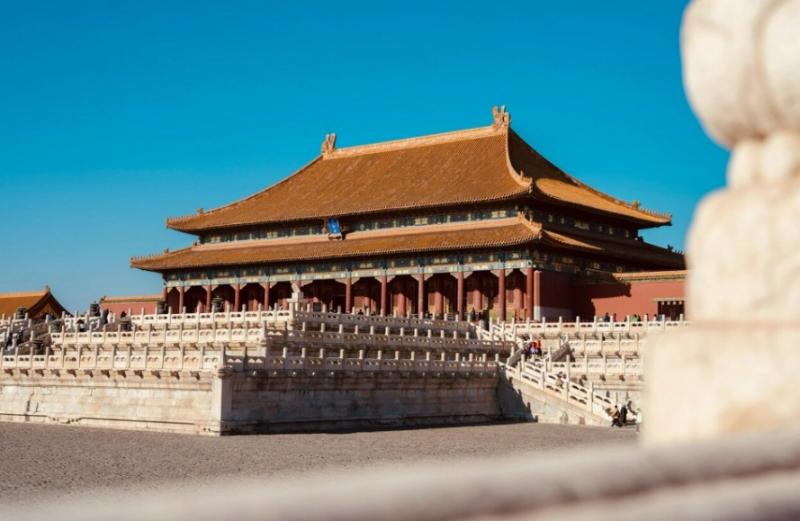The Forbidden City: A Legacy of the Ming and Qing Dynasties
The Forbidden City (紫禁城, Zǐjìnchéng, literally "Purple Forbidden City"), located in the heart of Beijing, stands as a testament to the architectural prowess and imperial might of two of China's most influential dynasties: the Ming and the Qing. This sprawling palace complex, now a UNESCO World Heritage Site, served as the imperial palace for 24 emperors spanning over five centuries.

Construction and the Ming Dynasty:
The story of the Forbidden City begins with the Yongle Emperor (reign: 1402-1424), the third emperor of the Ming Dynasty. After moving the capital from Nanjing to Beijing (then known as Beiping) in 1403, he commissioned the construction of a new imperial palace. Construction began in 1406, employing over a million workers, including artisans, craftsmen, and laborers. They sourced materials from across the empire: enormous logs of precious woods like Phoebe zhennan from southwestern provinces, massive stones from quarries near Beijing, and exquisite golden roof tiles crafted in imperial kilns.
After fourteen years of relentless work, the Forbidden City was completed in 1420. The complex, adhering to strict principles of feng shui and cosmology, covers an area of 720,000 square meters (178 acres) and comprises 980 buildings with over 9,000 rooms.
The Qing Dynasty and Continued Use:
The Ming Dynasty fell to the Manchu-led Qing Dynasty in 1644. The new rulers, instead of dismantling the symbol of their predecessors' power, chose to occupy and adapt it. The Qing emperors carried out significant renovations and expansions, adding their own cultural and architectural influences to the existing structures.
The Forbidden City continued to serve as the center of Chinese power throughout the Qing Dynasty. However, with the abdication of the last emperor, Puyi, in 1912 following the Xinhai Revolution, the palace's role shifted from an imperial residence to a symbol of China's rich historical and cultural heritage.
The Palace Museum and Modern Day:
In 1925, the Forbidden City was converted into the Palace Museum, opening its doors to the public for the first time. Today, it stands as one of the most visited museums in the world, showcasing an invaluable collection of art, artifacts, and historical documents from the Ming and Qing dynasties. The Forbidden City offers a glimpse into a bygone era of imperial China, a testament to the grandeur, artistry, and power that once resided within its walls.
Q&A:
1. Q: When was the Forbidden City built?
A: The construction of the Forbidden City began in 1406 and was completed in 1420 during the reign of the Yongle Emperor of the Ming Dynasty.
2. Q: Did the Qing Dynasty build the Forbidden City?
A: No, the Forbidden City was built by the Ming Dynasty. However, the Qing Dynasty, which succeeded the Ming, occupied and made significant renovations to the palace complex.
3. Q: What can visitors see in the Forbidden City today?
A: Today, the Forbidden City houses the Palace Museum, home to a vast collection of art, artifacts, and historical documents from the Ming and Qing dynasties. Visitors can explore the palace grounds, admire the intricate architecture, and learn about the history of imperial China.